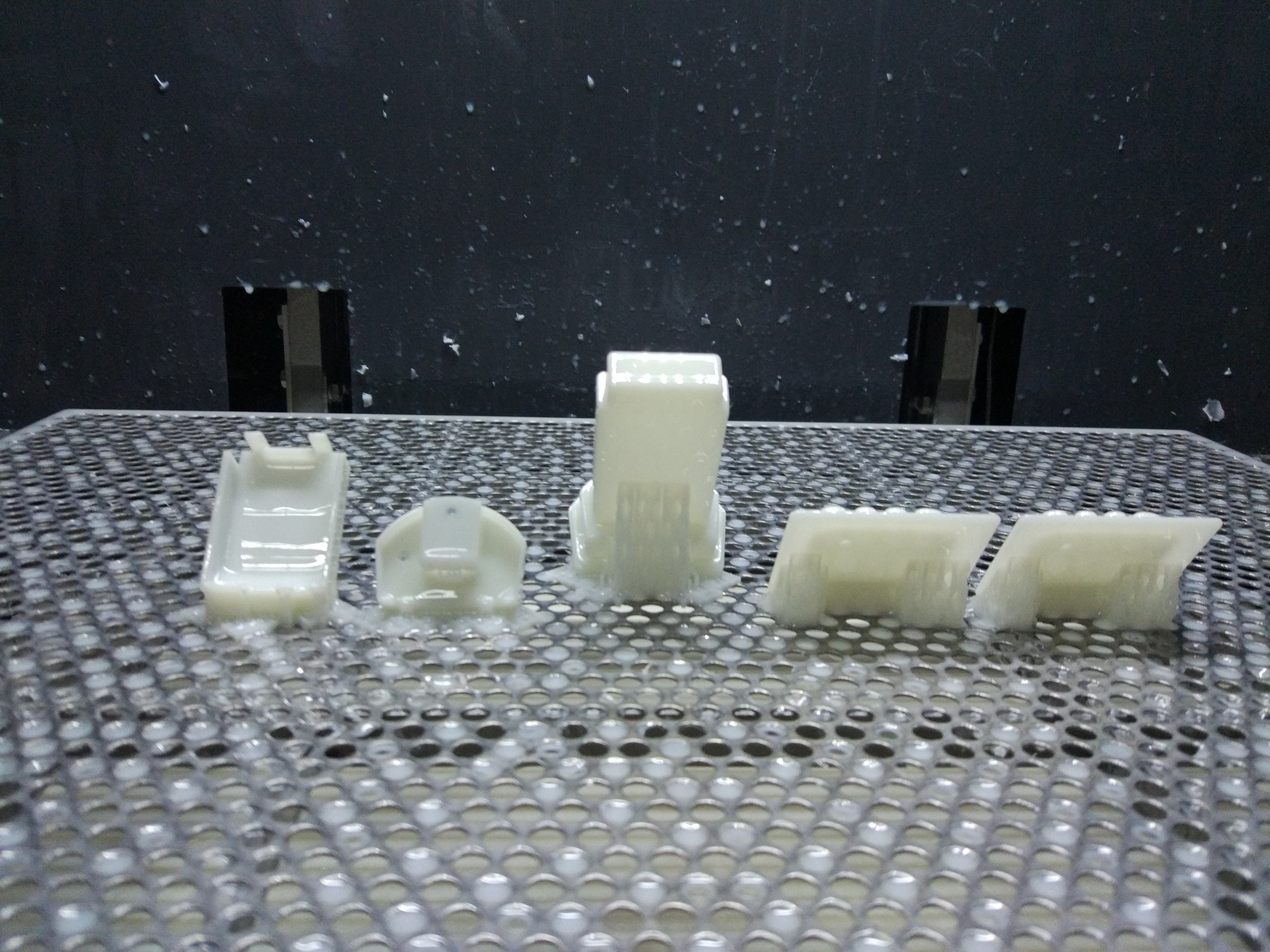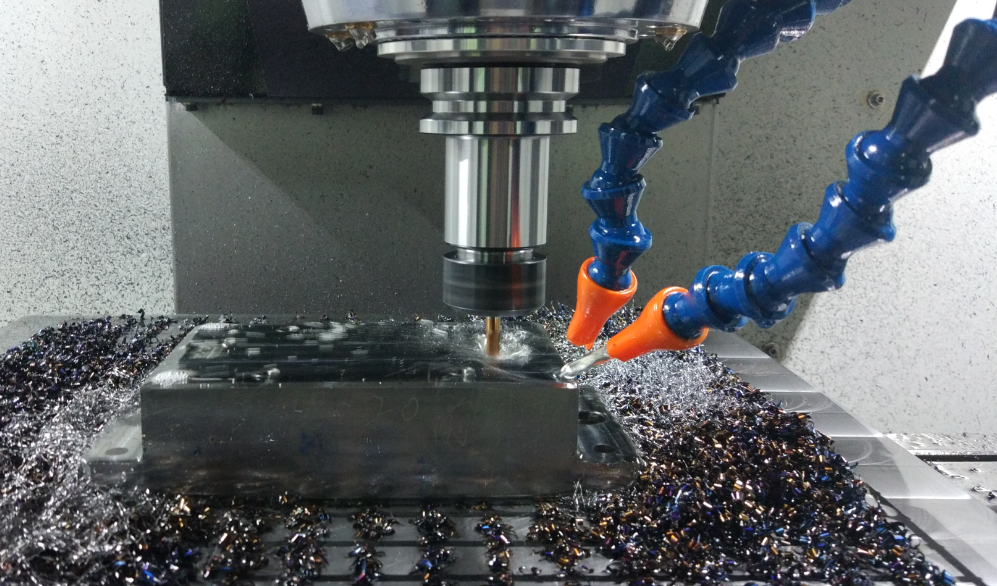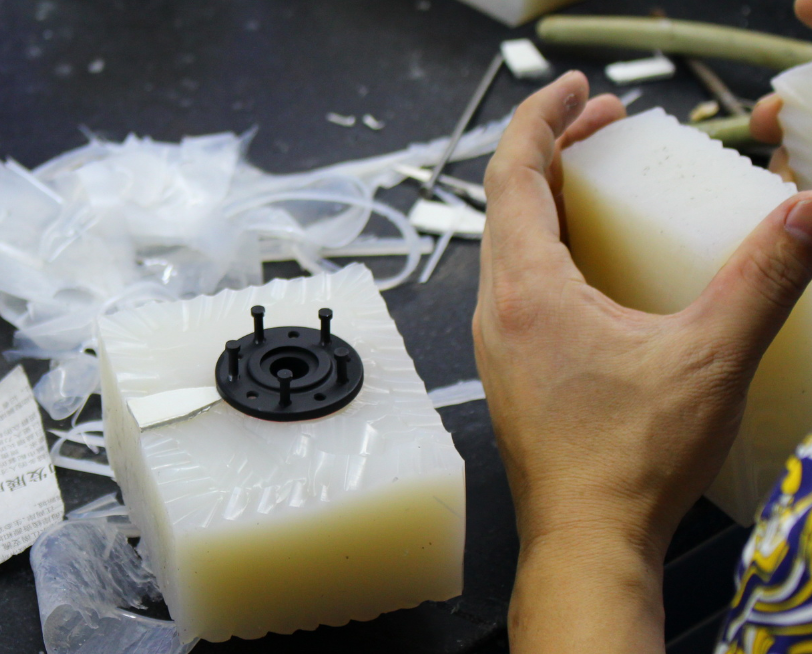How to choose a process for product development
-Rapid Prototyping
To develop a new product mechanical part, a conventional procedure would be similar as below:
- Design and generate 3D data & 2D drawing,
- make a visual prototype
- Test the appearance, function and performance of the prototype
- Low volume production and launch to the market for testing
- Large volume production.
This article is sharing how to choose the right process in making rapid prototype for product development after the 3D data & 2D drawing generated. And the next article will talk about the process of low/large volume production.
Stereolithography (SLA)
Stereolithography is an additive fabrication process that utilizes a laser to cure thin layers in a vat of liquid UV-sensitive photopolymer so as to build solid prototypes, models and products from 3D data. SLA is an ideal solution for creating prototypes because it creates relative accurate parts quickly and relatively cheap. SLA models can be post-processed for varying levels of finish.

Benefit: Create oddly and complex shaped objects, which is difficult to be produced by traditional prototyping methods like CNC machining. Parts have excellent surface finish without secondary operations. Pricing is very competitive.
Shortcoming: The SLA part is usually weaker than parts that made by CNC machining or polyurethane vacuum casting, The UV curing process makes parts susceptible to degradation from sunlight exposure. So it is not very suitable to ultimate manufacturability of the design.
CNC Machining
CNC machining will produce finished parts by cutting parts from blocks of the desired material. It is available for variety of material, including plastic, aluminum, steel, titanium etc., CNC machining is generally the most accurate prototyping process but has greater design constraints than additive processes.

Benefit: CNC machining is able to reproduce a single product with precision, from once to thousands of times. Because they are computerized, machines will replicate the original design in every way.. Produces strong parts with good surface finish. Suitable for engineering evaluation and testing. You can even update and improve the software to improve consistency and reliability. What’s more, material choice is wider than 3D printing and stronger
Shortcoming: Part geometries can be limited due to the nature of CNC machining. Process can be expensive because programmers and machinists are needed to produce the parts. Parts may differ from volume manufacturing due to limitations of the machining process.
Polyurethane Vacuum Casting
Polyurethane casting is a process that uses a single master model as a pattern (or call “master model”) , which is typically made by SLA or CNC machining process, then finished and textured to simulate the final product. Then hang the master model into a custom opened box which is built with aluminium plate usually. Liquid silicone is poured into the box and over the part, and after cured, the master model is removed, leaving a core and cavity in the silicone mold. The mold is then cast with a liquid urethane thermoset resin in vacuum casting machine, resulting in parts that are production like in appearance, and can be used for showing and function testing.

Benefit: Vacuum casting can make multiple copies of models quickly with most custom colorsand textures. It is cost effective when making 10-50 pieces of plastic parts, especially for those parts with complex structure as CNC machining cost high. Vacuum casting part has wide range of mechanical properties and durometers. Molded with inserts and over-molds are also available
Shortcoming: Material for vacuum casting is thermoset urethanes are not representative of injection molded thermoplastics, though they have similar properties, they can’t be used for functional testing directly.vAnother limitation is the accuracy, it is variables and affected by the accuracy of master model, the construction of the silicone mold as well as the technological parameter of vacuum casting process.
Prototype is very important to the product development process, it gives you an initial impression on the product that made according to your concept and design, and you can do some functional test and exhibition to the customer, which means you can verify your design with low cost and short lead time before launch to the market. The most effective prototype development resources are companies that regard themselves as their customers’ product development partners and take that responsibility throughout the process. Danke Mold is a reliable partner for you.
Please check our next article that talks about rapid tooling and injection molding process. Dank Mold will keep sharing more tooling and injection molding knowledge at our website www.dankemold.com, in a more and more organizing and easy-understanding manner. Should you have any manufacturing enquiries of product development, or any feasibility concerns of injection molding, email us via info@dankemold.com. We will response in 12 hours.
